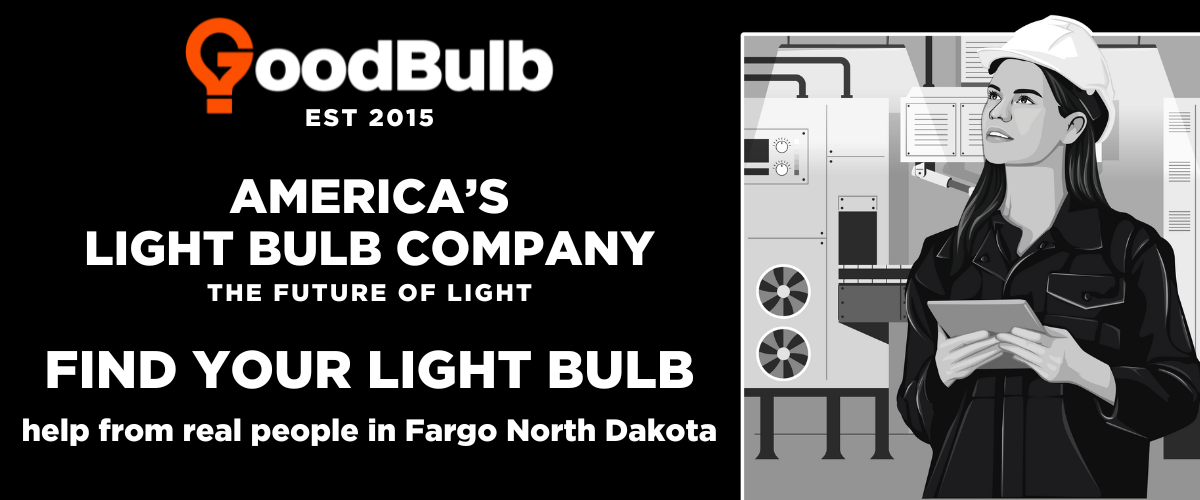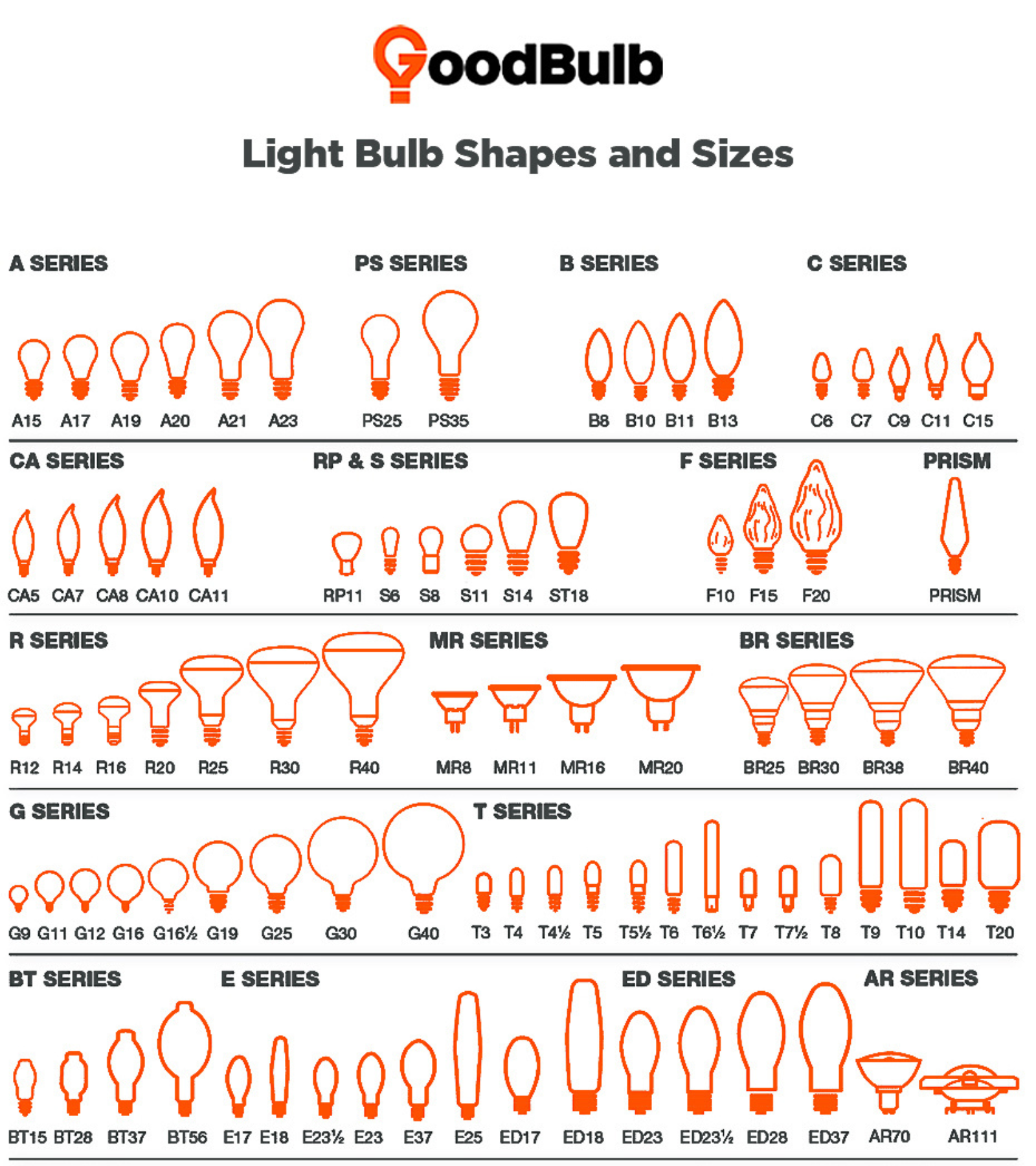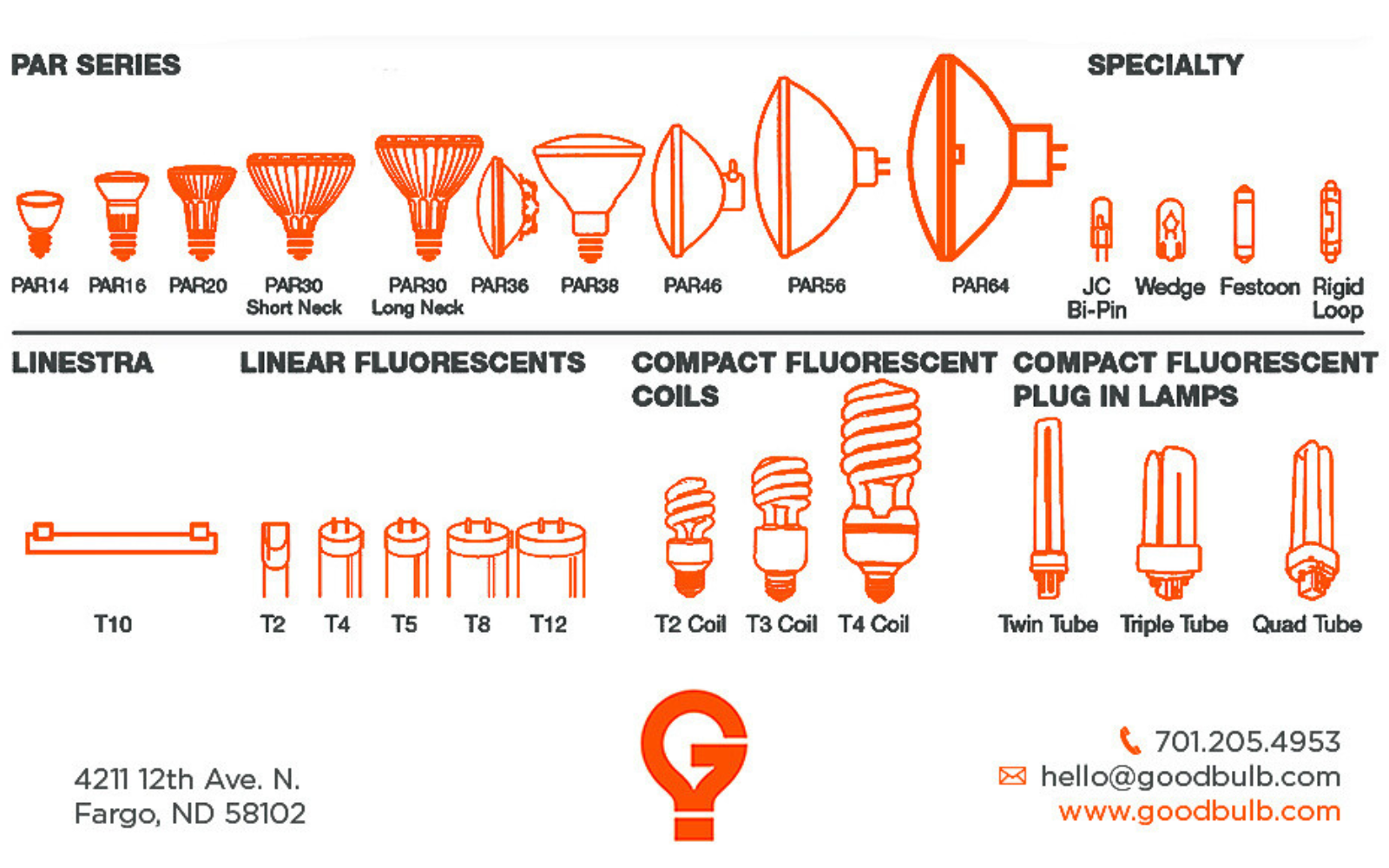
An Introduction to Hotel Lighting for Hoteliers
Getting hotel lighting right can be a complicated task but you don’t have to do it alone, join us on our journey as we tell you everything you need to know about hotel lighting. The lighting industry has come a long way from first using candle lighting, that’s right, candle lighting is considered to be lighting technology. Today, we recommend hotels use LED lighting technology as it offers superior lighting performance, longer life hours, energy savings, and a higher quality of light to shine upon your property. This is not to say that previous lighting technology like candles or incandescent lighting is bad, just that they have become outdated.

An excellent example of a hotel that has moved on with the times is The Edison Hotel based in Times Square New York, NY. Constructed by E.T. Drumheller in 1871, this hotel officially became the first hotel in the world to be illuminated using incandescent lights on July 4, 1883. As incredible as that it is, the Edison Hotel has another feat that makes this hotel special to lighting professionals around the world. The first person to turn on the lights to this hotel was none other than Thomas Edison himself. As a lighting professional, I can honestly say that I would travel back in time to enjoy this historic moment.
Yet, time doesn’t cease to move forward and along with that so does technology. I’m sure Mr. Edison would be proud to see how the light bulb has evolved. The Edison Hotel has since replaced those incandescent light bulbs first turned on by Edison with Light Emitting Diodes (LEDs). LEDs offer superior energy savings, especially when compared to incandescent light bulbs. Although LEDs are the best lighting solution right now your hotel may still be using older-gen lighting solutions. Let’s explore these lighting technologies now.

High-Intensity Discharge (HID) Lamp
The first bulb we’ll explore is the High-Intensity Discharge (HID) lamp invented by Francis Hauksbee over 300 years ago in 1705. At the time of its invention, the glass housing was filled with air but was later replaced with xenon as Hauksbee discovered doing so would increase light output. Creating a lot is what these bulbs do best and although you won’t find them inside your hotel, there’s a chance you have them in your parking lot. Other applications for these types of lights include gymnasium lighting, warehouse lighting, and stadium lighting.
Incandescent Light Bulb
Next up is the incandescent light bulb that is often credited to Edison in 1879, though controversy still remains. The special thing about the incandescent and Edison’s involvement in its development is that of continual improvement. Historically, other inventors such as William Sawyer and Albon Man had U.S. patents for this technology. Edison did however make significant improvements to the original incandescent bulb, lengthening the bulb life from 14.5 hours to 1,200 hours. Along with these improvements, Edison invented a standardized base for light bulbs, originally called the Edison Screw; we lighting professionals now call it the E26 Medium Screw base. You might have noticed the “E” before the 26 and if you guessed that this E stands for Edison Screw, you’d be right.
What about our energy usage though, where do incandescent lights stand in regards to their energy efficiency. Well, a 100-watt incandescent lightbulb running 24 hours a day, 365 days a year would use about 876 kWh of energy. This would cost you $131.40 per bulb minus the cost of replacing the bulb, which would be around 12 times over the year. Back in 1879, these numbers were great, after all this lighting technology was an improvement upon Arc Lamps which we won’t cover here but is admittedly a very cool name.
Fluorescent Light Bulb
The next light bulb you’ll likely find is a fluorescent light bulb, introduced commercially in 1927, these lamps can be found just about everywhere. Much like the incandescent light bulbs, these were being invented long before 1927. It wasn’t until the improvements made by Edmund Germer that made it an economical option. Germer made the cost of producing these bulbs more effective and reduced heating concerns that were common among users. Regardless of their heat dissipation, these bulbs are more energy-efficient than incandescent lighting. Yet, technology continues to improve year over year which leads us to our next lighting improvement, the halogen lamp.

Halogen Lamp
The halogen lamp was first invented in 1882 but wasn’t available commercially until General Electric patented their halogen lamp that used iodine as a halogen gas. Once patented in 1959 these bulbs entered the market and it wasn’t long before you could spot one anywhere and everywhere. On average, halogen lamps offered an energy efficiency of 28% more than incandescent light bulbs. On top of that, they also lasted 2.8 years longer than incandescents on average. As you can see, halogen offered amazing benefits compared to its predecessor, fluorescent lighting.
Compact Fluorescent Lamp (CFL)
As you might have expected me to say, technology gets better each year and with that so does lighting technology. Thus we have the introduction of the Compact Fluorescent Lamp (CFL) in 1976 to help businesses save on their energy costs, and boy did they help businesses save on their energy cost. When compared to incandescent light bulbs, CFLs are about 75% more energy-efficient than incandescent lighting. Plus, they last about 14 years or 10,000 hours while incandescents last about 1.4 years or 1,000 hours. It’s not hard to see the benefits of using this lighting technology from the numbers.

Light Emitting Diode (LED)
Now though, there is a new reigning king for energy efficiency, cost savings, and a new factor of color rendering. The Light Emitting Diode (LED) was formally introduced to the market in 1994. Though it has been some time since LEDs have entered the market, you’ll still not likely find these being the dominant lighting technology in use today. In fact, you’ll be much more likely to see a CFL or halogen than you would find an LED. It’s too bad too as more should switch to LED immediately for the cost savings.
On average, LEDs are rated for a 34-year life span, that’s more than 24 times the life space of incandescent bulbs. On top of their long life, they reduce additional costs like air conditioning by putting off less heat than their predecessors. The idea of saving money on AC is not a benefit that clients usually guess, yet older lighting technologies are known for putting off a significant amount of heat, raising AC costs. Lastly, these bulbs render colors better than any of the older generations, there’s no yellowish or blue-ish tint to colors under LED lighting.
After learning about the different types of lighting technologies, you might be wondering where you’re likely to find these bulbs in your hotel. Although you’re likely to find many of these lighting technologies being used throughout your hotel, finding them is more dependent on their bulb shape than their lighting technology. Below is a general area list of where you’re likely to find different shapes of light bulbs.


Light Bulb Shapes and Where to Find Them
A Series Lamps
These bulbs can be found anywhere in a hotel so keep an eye out in your hallways, guest rooms, ballrooms, and other areas and you’re likely to spot one of these bulbs.
PS Series, B Series, and C Series
These bulbs can be found in similar places as A Series lamps yet you’re more likely to find them being used in decorative applications like chandelier lighting.
RP & S Series
These bulbs can be found in appliances, exit sign lighting, and unique applications around the hotel.
F Series and Prism
These are going to be found in decorative lighting applications.
R Series
These bulbs can be found being used for ceiling lighting, recessed lighting, and other ceiling lighting applications.
MR Series
These are often used for spotlight lighting, lobby lighting, bathroom lighting, and display lighting.
BR Series
These bulbs can also be found being used for ceiling lighting, especially for the entryways of guestrooms and shower lighting.
G Series
These lightbulbs can be found lighting up bathroom vanities, decorative lobby lighting, hallway lighting, and conference room lighting.
T Series
These tube-shaped bulbs can be found being used for reading lamps, decorative lighting, and nostalgic lighting in bars and restaurants.
PAR Series
These bulbs can be found being used for pool lighting, underwater lighting, and for tall ceilings above 12ft.
Specialty Series
You won’t often find these bulbs as they are mostly used for unique applications, so if all other lighting options fail you, then you’re likely to find these bulbs being used.
Linestra Series
These bulbs can be found in lighting mirrors or high-end pieces of art.
Linear Fluorescents
These bulbs are often found being used for back-of-house applications like in the kitchen, offices, workers quarters, and emergency stairwell lighting.
Compact Fluorescent Coils and Compact Fluorescent Plug-In Lamps
If you find one of these bulbs around your hotel then please send us a picture, we’re big fans of prehistoric lighting technologies. Seriously, send us a picture and we’ll get you a lighting audit so we can find out how much energy you can be saving by switching to LED technology.
Wrapping It Up
This has been your introduction to the Basics of Hotel Lighting for Hoteliers by GoodBulb. We hope you’ve found this introduction useful and if you did then the good news is that we are delivering more content just like this for hotel owners and management.
Subscribe below to receive updates when our next hotel lighting guide gets published! If you didn’t find this guide useful well then that’s kinda too bad because we’re publishing more content like this anyways…but the good news is that we have tons of other great content on our blog.
Want Some Benefits for Being a Reader?
If you’re considering a retrofit lighting project for your hotel or really any project, then give us a call to receive a FREE energy-saving audit report. Call us at (701.205.4953), mention this code “GBHLC” and we’ll work with you to find out how much you could be saving by switching to LED lighting. We’ll also find any available energy rebates to help reduce the initial cost of your retrofit project.
Please note: In-person energy audits are limited to the Fargo, ND 58102 area. All other audits will be conducted via phone and video conference.


